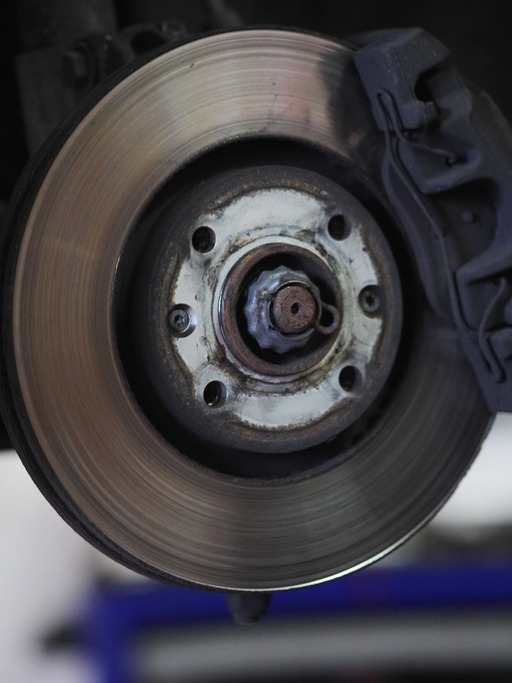You never know what you’ll encounter each time you get behind the wheel. Weather conditions, road hazards, wildlife and even other drivers impact your safety. Your brakes must be in the best possible condition to ensure fast and dependable stopping power.
Many DIYers learn how to change their own brake pads. But rotors eventually wear out as well. There’s also calipers, cylinders, lines, hoses and brake fluid. Proper fluid levels are key to braking system function, so it’s wise to check it each time you change your oil. This guide can help you learn brake fluid works, how often you should check it and other useful tips.
What Does Brake Fluid Do for Your Car?
Your braking assembly is a hydraulic system. When you press your brake pedal, that force must be multiplied to stop the vehicle. And that’s where brake fluid comes in.
Your brake pedal is linked to a lever that pushes a piston into the master cylinder. This cylinder contains hydraulic brake fluid, which travels down your brake assembly through a series of pipes. Brake fluid carries enough force to activate slave cylinders located near your brake calipers.
Each of your calipers holds brake pads made from metal, organic material, ceramic or a carbon-ceramic compound. The multiplied force from the fluid and cylinders makes your calipers clamp around your rotors. This action brings your wheels to a stop.
As you can see, brake fluid performs an important job. But it doesn’t just increase force to stop your wheels. It’s also a lubricant, keeping your braking system maintained and shielding it from corrosion damage. Braking fluid also absorbs moisture, which can condense due to extremely high temperatures from the braking process.
Can You Check Your Brake Fluid Yourself?
Keeping tabs on brake fluid levels is easier than you may think. Depending on the vehicle, it may even take less time than changing the oil. You can follow a few easy steps to monitor fluid levels:
- Find your brake master cylinder reservoir. It’s under your hood, usually near the firewall at the back of the engine compartment. Consult your owner’s manual if you need help locating it.
- Look for “maximum” and “minimum” lines on the reservoir. If fluid levels are near or below the minimum line, you need more.
- Check fluid color and quality. Fresh brake fluid is clear or translucent yellow. Brown or black fluid is dirty – it should be flushed and replaced with new fluid.
Some DIYers are comfortable changing their own brake fluid, while others prefer to have this done professionally. It’s important to buy the correct fluid type for your vehicle. You can do this on your retailer’s website using its make/model/year search or with its VIN lookup tool. Most drivers should change the fluid every four to five years, but you should consult your owner’s manual for specifics.
A Few Last-Minute Tips
All your braking system components work together to ensure proper brake function. Learning how they work can help you keep up with regular maintenance. Having the right tools is also vital – from car jacks to oil filter wrenches, shopping at a reputable dealer is a smart move.

